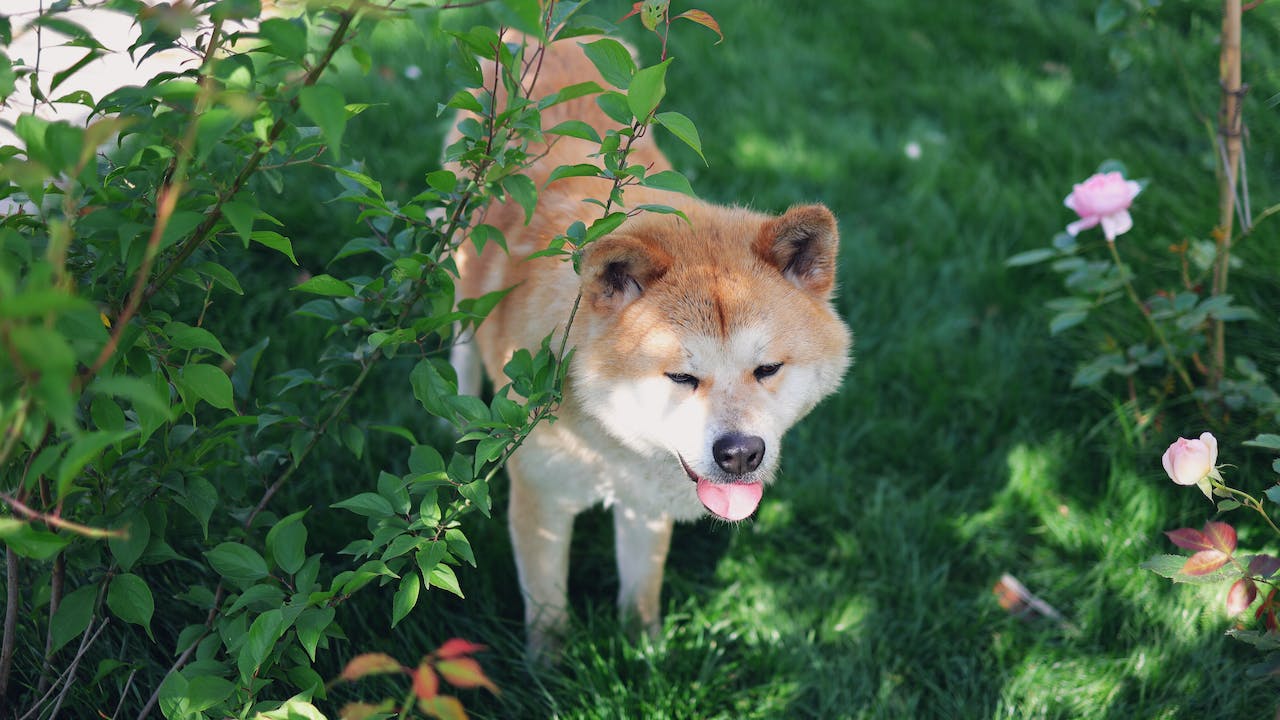Training Your Dog to Stay Calm during Vet Visits
Training Your Dog to Stay Calm during Vet Visits Visiting the vet can be a stressful experience for both

Training Your Dog to Stay Calm during Vet Visits

Visiting the vet can be a stressful experience for both dogs and their owners. The unfamiliar smells,
strange sounds, and being handled by strangers can make dogs anxious and fearful. However, with proper
training and preparation, you can help your furry friend stay calm and make vet visits more manageable.
Patience and Positive Reinforcement
One of the most effective ways to train your dog to stay calm during vet visits is through patience and positive
reinforcement. Start by getting your dog accustomed to being touched and examined gently while providing treats
and praise. Gradually increase the level of handling, mimicking various vet procedures, so your dog becomes
desensitized to touch.
Familiarization and Conditioning
Your dog’s anxiety can be reduced by creating positive associations with the vet’s office. Regularly take your dog
for visits to the clinic just to say hello and let them socialize with the staff. This way, the vet’s office
won’t be as overwhelming during actual visits. Reward your dog’s good behavior during these visits with treats or
playtime.
Counter-Conditioning Techniques
If your dog has an intense fear of the vet, counter-conditioning techniques can be beneficial. Gradually expose your
dog to vet-related experiences in a controlled environment, such as playing recordings of vet clinic sounds while
providing treats and affection. This helps your dog associate positive experiences with previously fear-inducing
stimuli.
Desensitization and Training Exercises
Desensitization involves exposing your dog to various triggers related to vet visits in a step-by-step manner.
This can include getting them comfortable with wearing a muzzle, staying calm during nail trims, or being
restrained. Regular training exercises at home can help replicate these scenarios and make vet visits less
stressful for your furry friend.
Professional Help
If your dog’s anxiety persists despite your efforts, it may be helpful to consult a professional dog trainer or a
veterinary behaviorist. They can provide personalized guidance to address your dog’s specific needs and create a
training plan tailored to their behavior and temperament.
Conclusion
Vet visits are essential for the health and well-being of your furry companion, and by training your dog to stay
calm during these visits, you can ensure their physical and mental comfort. Remember, patience, positive
reinforcement, and gradual exposure are key. With time and training, your dog will become more at ease, making
vet visits a breeze for everyone involved.
For more information about dog training, visit our website trainyourdog.com.






